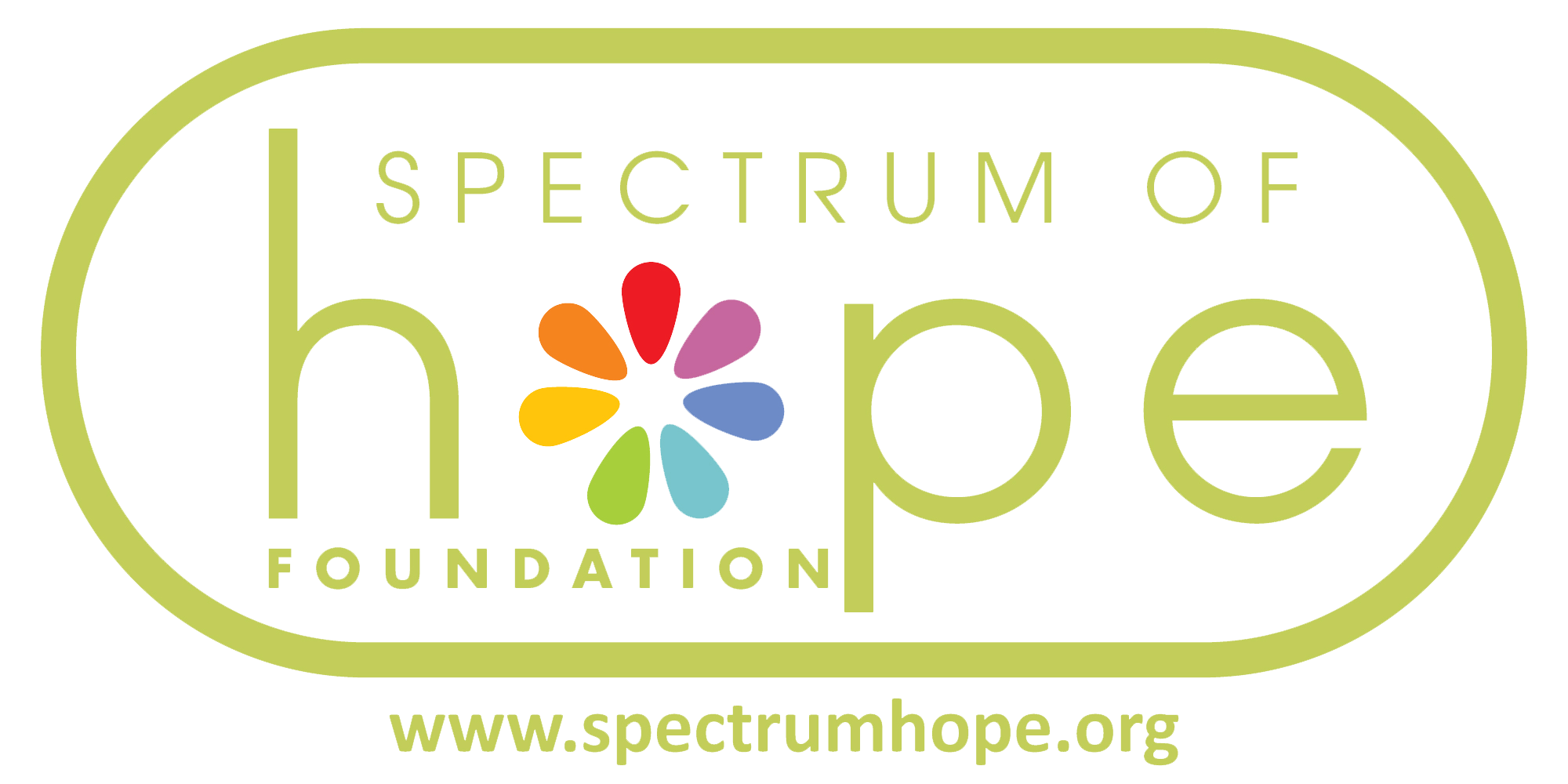Landmark ABA Research Studies

The discipline of ABA is based on more than 50 years of scientific research, and its techniques have proven effective in improving a wide range of skills in children with autism. Here are three research studies that have evaluated the effectiveness of comprehensive and intensive ABA programs for preschool-age children with autism.
The UCLA Young Autism Project, conducted by Dr. Lovaas at UCLA in 1987, provided strong evidence for the effectiveness of early and intensive ABA treatment for children with autism. The study demonstrated that children who received 40 hours per week of intensive ABA treatment showed substantial improvements, with 90% of the children experiencing significant progress. Nearly half of the children achieved a normal IQ and demonstrated skills within the normal range for adaptive and social functioning. In contrast, the control group, which did not receive ABA treatment or received minimal treatment, had only one child out of 40 who achieved a regular educational placement and a normal IQ score. Follow-up studies showed that the children who received intensive ABA treatment were successful in life and did not require costly special education or residential services. Read the full text of the study at Behavioral Treatment and Normal Educational and Intellectual Functioning in Young Autistic Children O. Ivar Lovaas University of California, Los Angeles
The Sallows Replications Study further supported the effectiveness of intensive ABA programs for children with autism. This study compared children receiving intensive ABA programs to those in special education classes. The results showed that children in the ABA group experienced increases in IQ, adaptive behavior, and language scores, while children in the special education classes showed a decline in IQ over time. This highlights the positive impact of intensive ABA interventions on various developmental domains.
Read the abstract of the study at https://drive.google.com/open?id=1JR9n7Xw_kGUy0cE-wJTIL06CRv20Hhay
The 2005 Howard Study investigated the effects of different intervention approaches on children with autism. It compared the outcomes of children who received intensive ABA, children in special education classes (low intensity), and children who received intensive “eclectic” interventions combining various teaching methods including ABA, PECS, Sensory Integration, and the TEACCH model. The study revealed that the children who received intensive ABA achieved higher scores in cognitive, communication, and motor skills compared to the other groups. It emphasized the importance of not only the intensity but also the specific type of intervention in facilitating meaningful improvements for children with autism. Read the study at www.ctfeat.org/articles/ABAvEclectic.pdf
